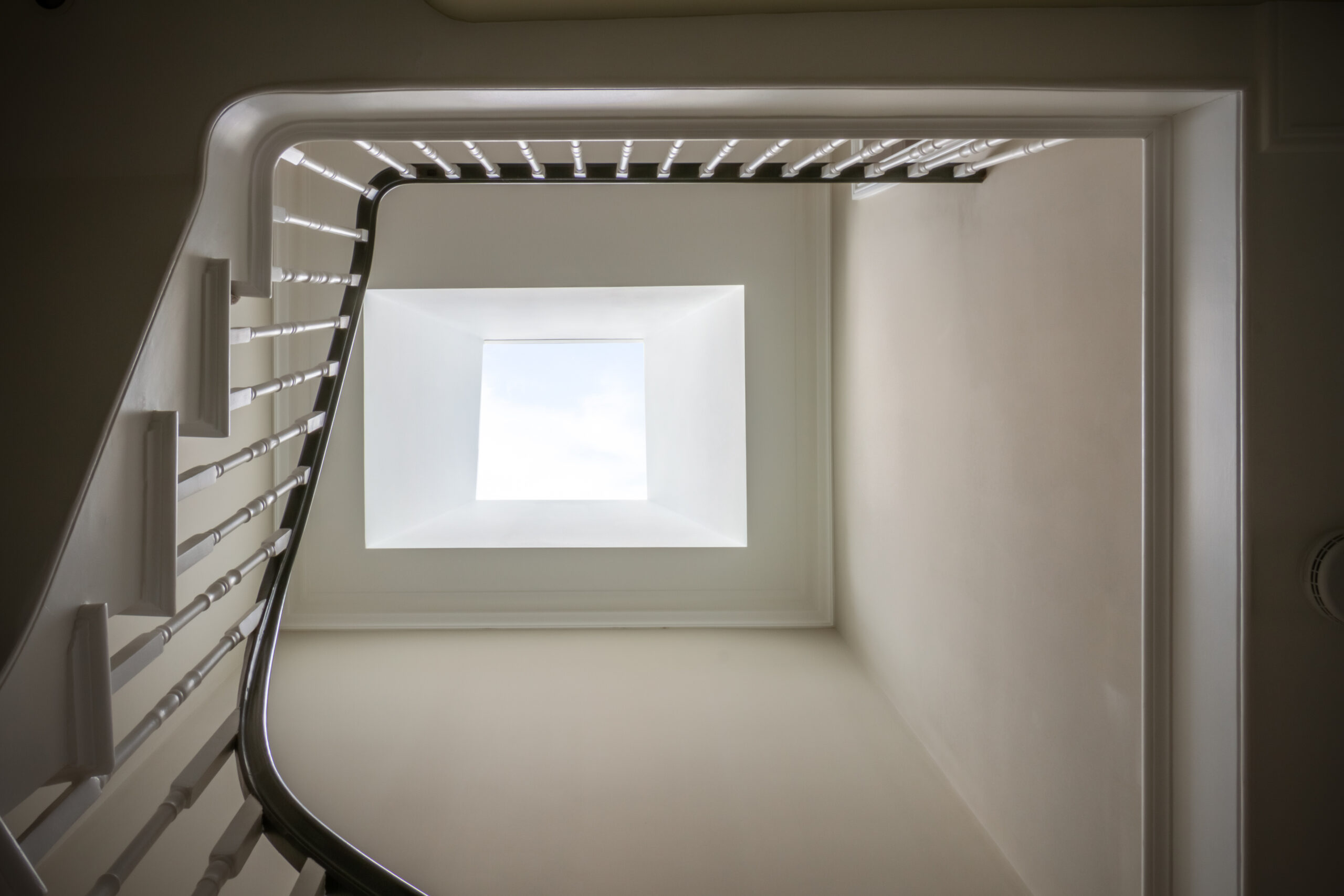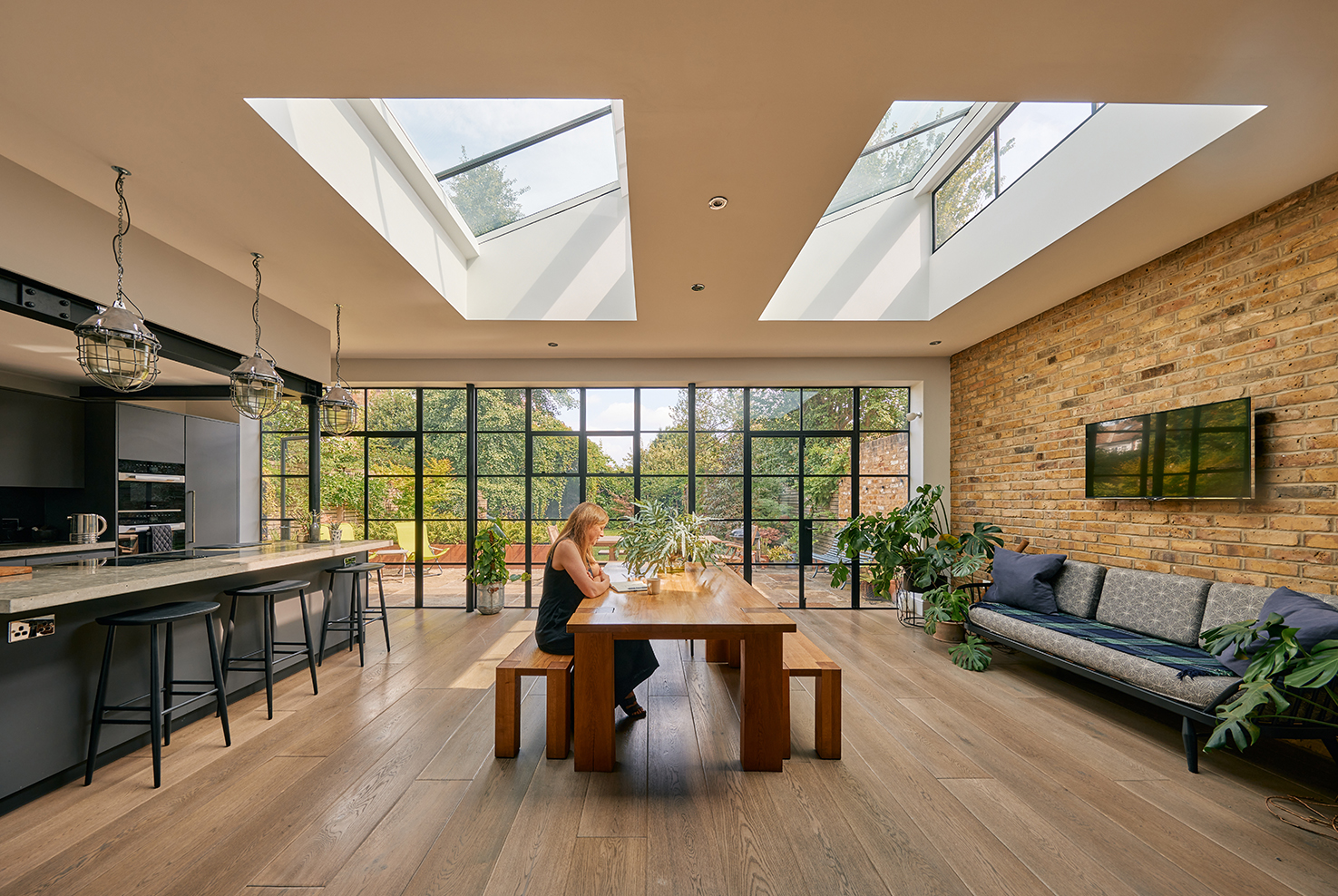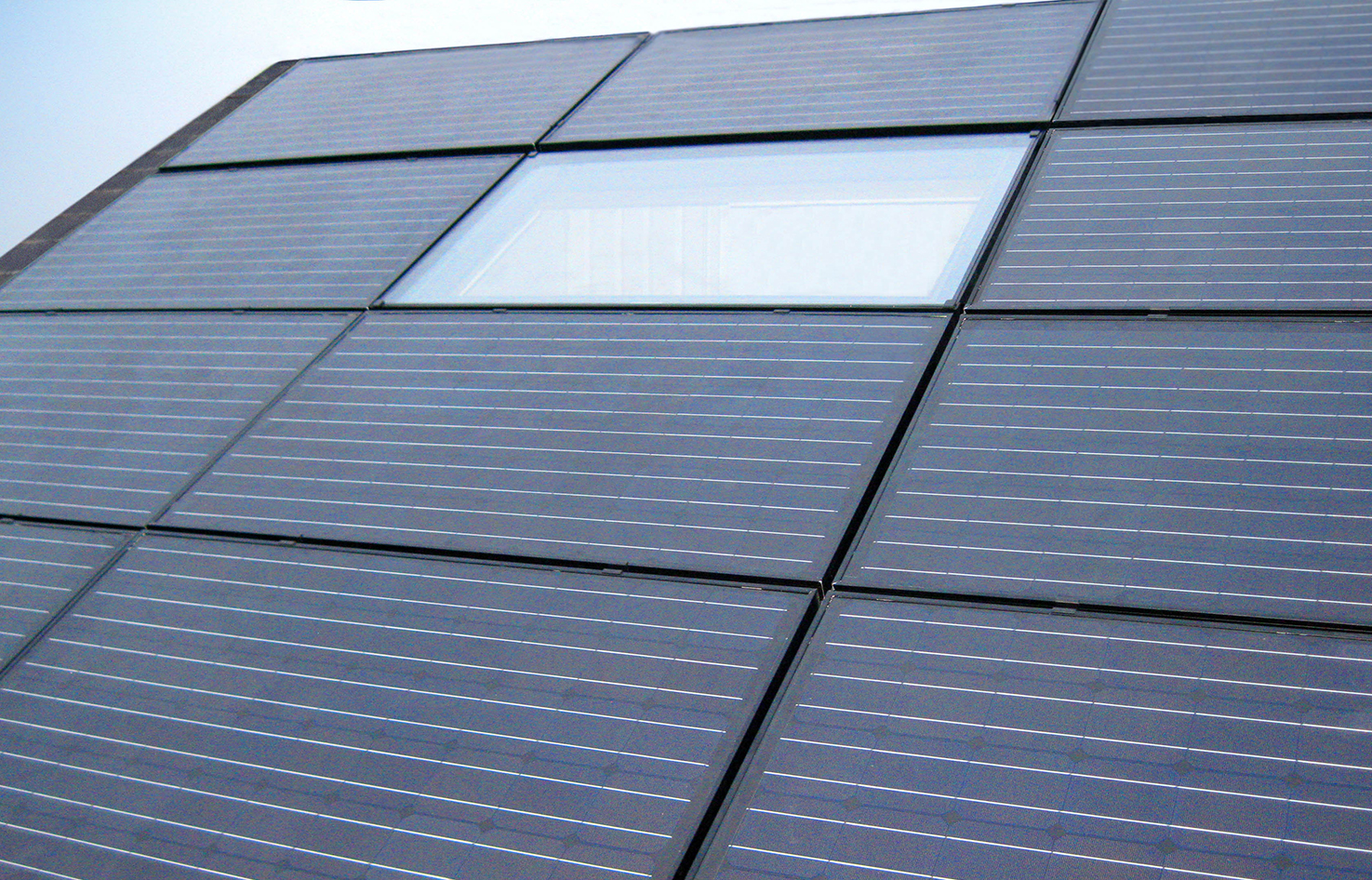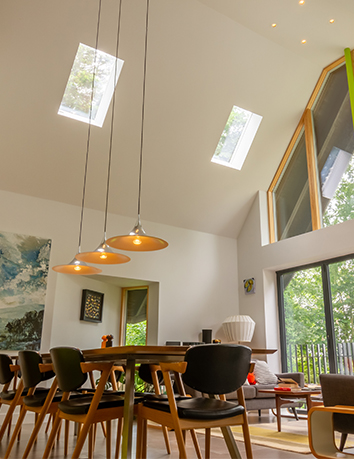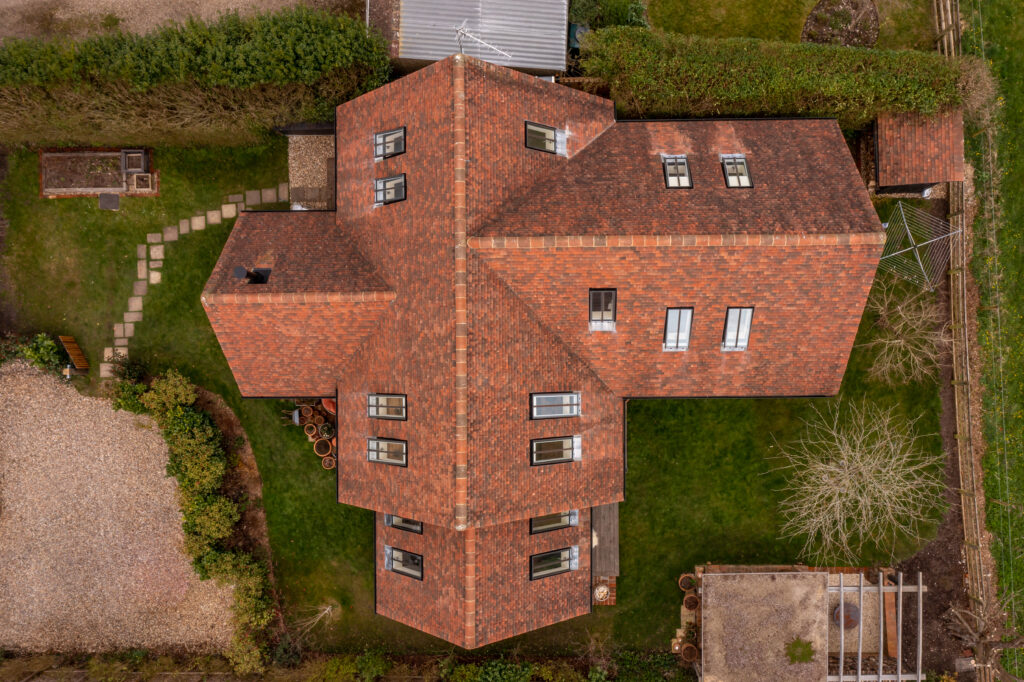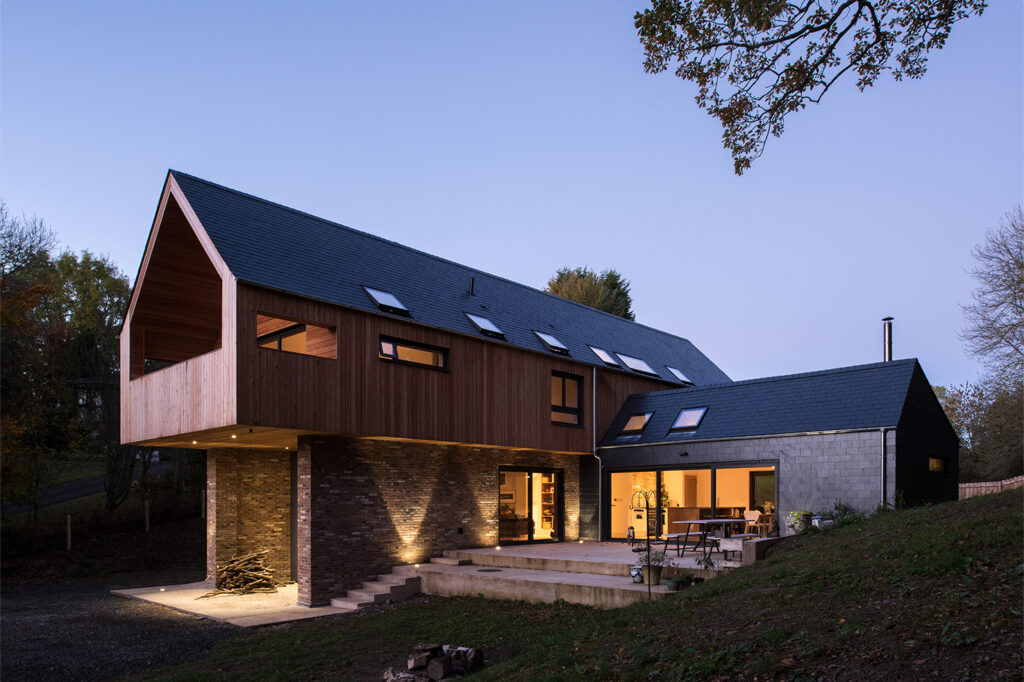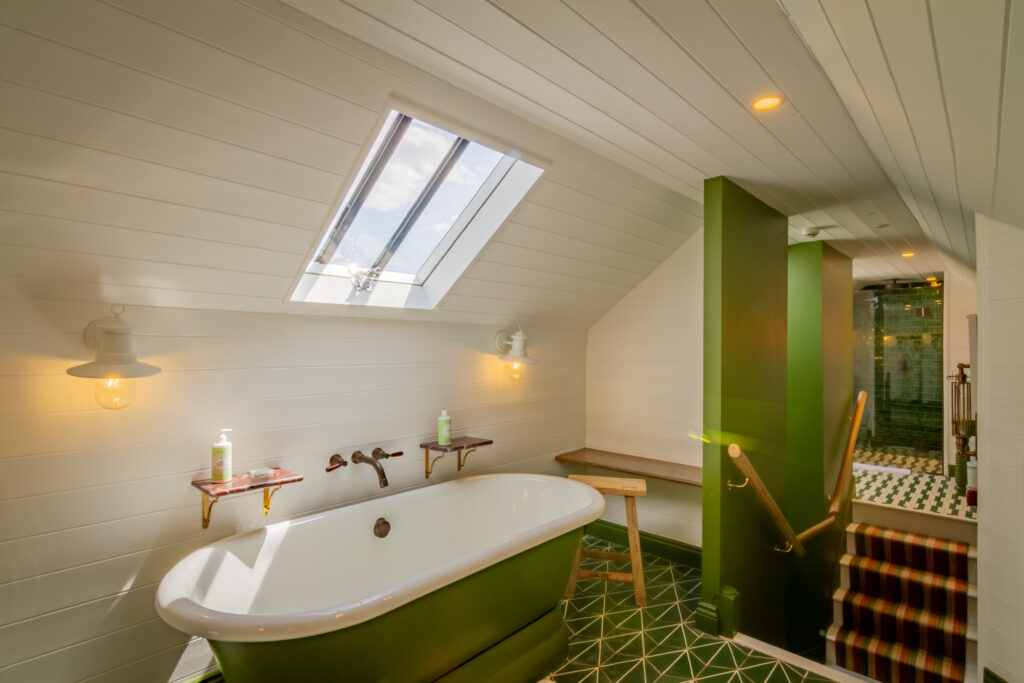2022 building regulations for flat rooflights: What you need to know
Flat rooflight U-value limitations
In England, the highest permitted U-value for flat rooflights will be 1.7W/m²K on a vertical plane. When calculated horizontally, this U-value is presented as 2.2 W/m²K .
This means that flat rooflight U-values for new builds either needs to meet, or fall below 2.2 W/m²K. The same applies for any refurbishments on existing homes. In other UK nations, the U-value for new builds may differ from those in existing homes, as this has not been finalised yet.
The rooflights we design and manufacture at the Rooflight Company meet the new standards required both vertically and horizontally, meaning there are no changes to any of our products.
2022 building regulations for pitched rooflights: What you need to know
Pitched rooflight U-value limitations
In England, pitched roof windows being installed into existing homes will have to meet the new whole unit U-value standards of 1.4W/m²K. Pitched skylights into new builds will have a U-value upper limit of 1.6W/m²K.
Pitched rooflights in conservation areas
There are some exceptions to the above figures. This is in particular reference to listed buildings or homes in conservation areas. For circumstances where the U-value guidelines cannot be achieved due to the importance of aesthetics and character, the building regulations afford some leniency. They are instead required to have a centre pane U-value of at least 1.2 W/m²K.
Are the Rooflight Company’s rooflights compliant with the updated building regulations?
Because energy efficiency has always been a priority in our rooflight development and design, it means that all of the rooflights we currently manufacture meet the updated regulations. For homeowners, there will be a slight change in the way in which U-values are presented once the rooflight has been purchased, but there are no major alterations to the product itself.
At the Rooflight Company, we are consistently innovating our products for maximum performance, durability and quality. One of the key factors has always been ensuring our rooflights and roof windows are energy efficient, helping to keep the cold out and heat in, in the winter, and restricting the sun’s harmful rays in the summer.
Our conservation rooflight is designed to faithfully adhere to all conservation officer, English Heritage, and National Trust requirements while maintaining a whole unit U-value of 1.4 W/m²K.
U-values and energy efficient rooflights
Building regulations ensure that U-values are low enough to provide sufficient insulation to a building. However, achieving U-values that are lower than the upper limit will ensure a more energy efficient rooflight. This is desirable for a number of reasons:
Naturally provides light and heat
Rooflights use the sun to naturally light and heat a room. However, if your rooflight has a higher U-value, it wouldn’t be able to retain that heat. A lower U-value will keep a room nice and warm, especially during the cold winter months.
A more comfortable living space
Having an energy efficient rooflight means that you will be reaching for the radiator and the air-conditioning less frequently throughout the year. The temperature will be much more stable and you will find yourself in a much more comfortable room.
Saves money
Installing energy efficient rooflights can mean you won’t need to rely as much on energy sources to warm your home, which over time can generate substantial savings on bills.
Eco-friendly
Rooflights with low U-values are exceptionally eco-friendly. They are compatible with sustainable living and housing and can significantly lower your building’s overall CO2 emissions.
The Rooflight Company’s neo Advance® offers a range of aluminium rooflights that reduces energy consumption by naturally lighting and heating a room. The modern elegant style blocks heat from passing through the aluminium frame’s thermal shield design. The neo Advance achieves a whole unit value of 1.06 W/m²K in the vertical plane and 1.56 W/m²K in the horizontal plane. These contemporary rooflights are double glazed and are some of the best on the market for energy efficiency.
What are G-values?
G-values are different from U-values in that they measure the amount of solar transmittance that can enter through the glass of a rooflight. This is referred to as “solar heat gain”. G-values will often range between 0.2 and 0.7. Special coatings and glazing with a “solar control” can lower solar heat gain and achieve G-values of less than 0.5.
Why are G-values important?
Although a large amount of solar heat gain can be pleasant in the wintertime, it may make the summer months unbearably hot. G-values become increasingly important the larger the roof windows are. There is a bigger risk of over-heating and creating a greenhouse effect in a building with large amounts of glazing.
What is a good U-Value for a rooflight?
Good U-values for a rooflight will vary depending on budget, building regulations, and the type of building or room it will be installed into. For example, rooflights with triple glazing may have the lowest U-values, but they will also be heavier and more expensive. Gauge what is most important for your building. Double glazing is often sufficient for U-values that will ensure an energy efficient and sustainable building.
If you have any questions about what U-value is best for your building, get in touch. A friendly member of our experienced team will be happy to advise you.
Shop our full rooflight range today or head to our instagram page for inspiration on your perfect rooflight.


